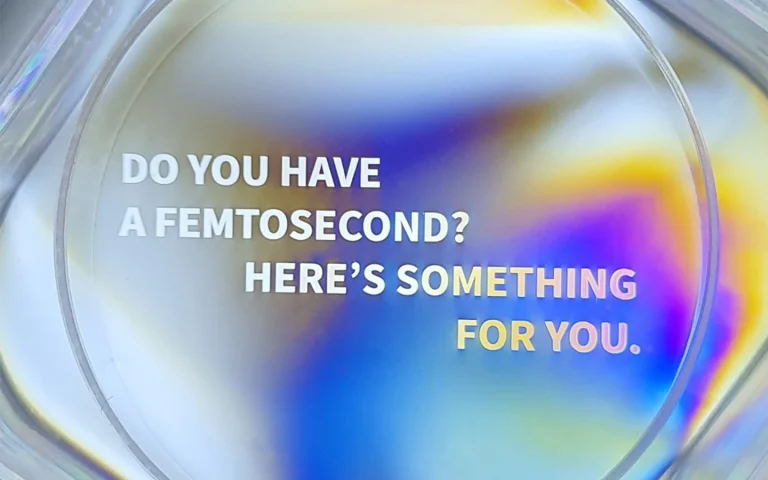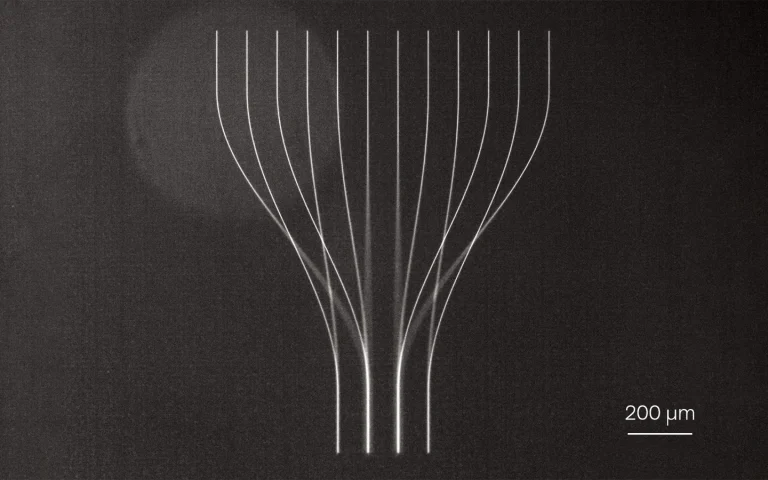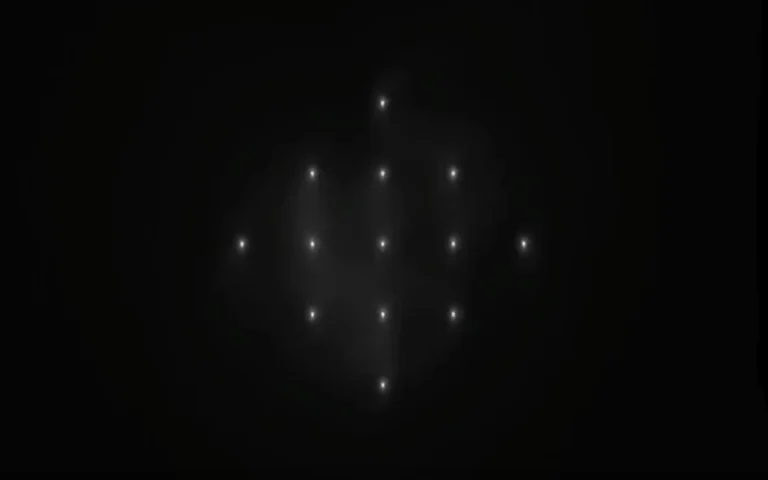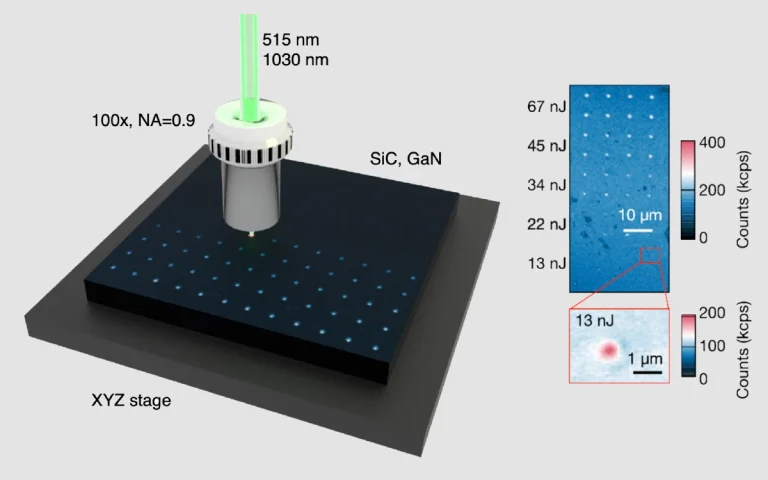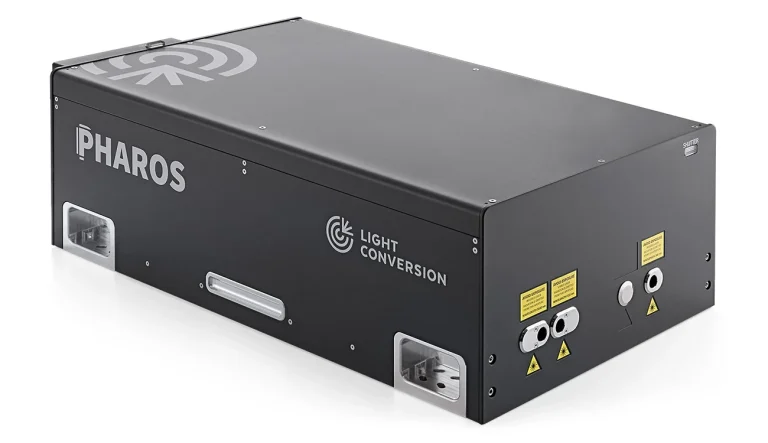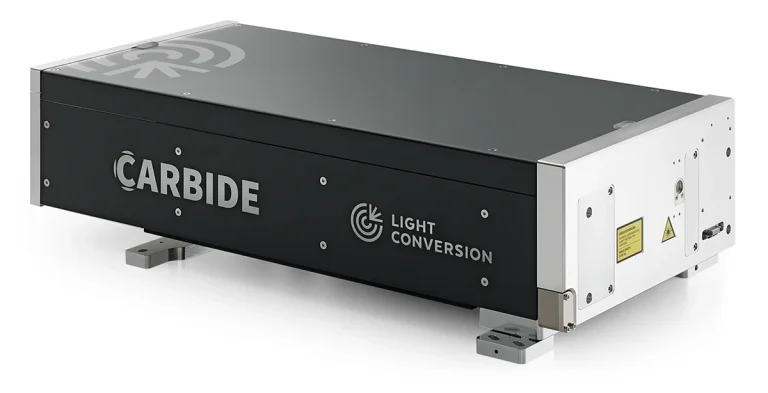Volume Modification
Femtosecond laser birefringent volume modification in glass involves using ultra-short laser pulses to alter the internal structure of the glass, creating form birefringence. This induces variations in phase retardance, causing different regions of the glass to refract light differently. When viewed under parallel polarized light, these regions produce interference effects that result in color variations. The process allows precise control of the birefringence and resulting colors by adjusting laser parameters, making it useful for applications such as optical data storage, security marking, and artistic designs.
Femtosecond laser waveguide writing is an ideal technique for creating integrated optical devices, enabling the direct writing of waveguide structures in materials such as glass, crystals, and polymers. This method is widely used in telecommunications and other fields due to its numerous advantages, including the ability to design both 2D and 3D structures, fast processing speeds, low coupling, and propagation losses, and the flexibility to create curved waveguide trajectories. Additionally, it supports a range of wavelengths, from visible to telecommunication frequencies, making it highly versatile.
Color centers in wide bandgap semiconductors are crucial for quantum technologies, as they can produce single-photon sources or be used as spin qubits, and in quantum sensing applications. Femtosecond laser writing enables the formation of vacancy-related color centers in materials like silicon carbide and gallium nitride, resulting in photoluminescence ranging from the visible to the infrared spectrum.
Color center formation involves creating point defects or defect clusters associated with trapped electrons or holes in normally transparent materials. When the electron ground state of the defect is excited to higher energy states by absorbing laser light, these centers cause the solid material to become colored.

